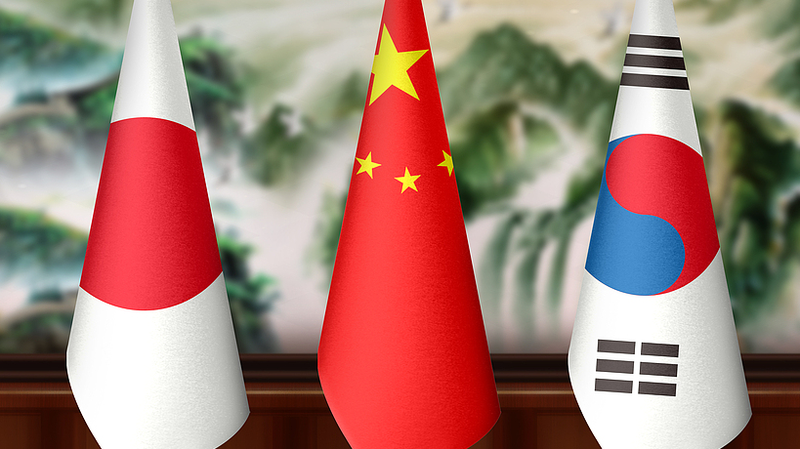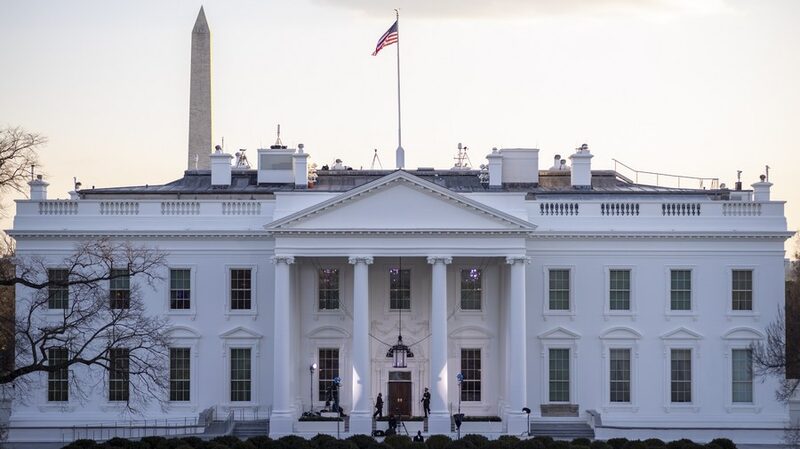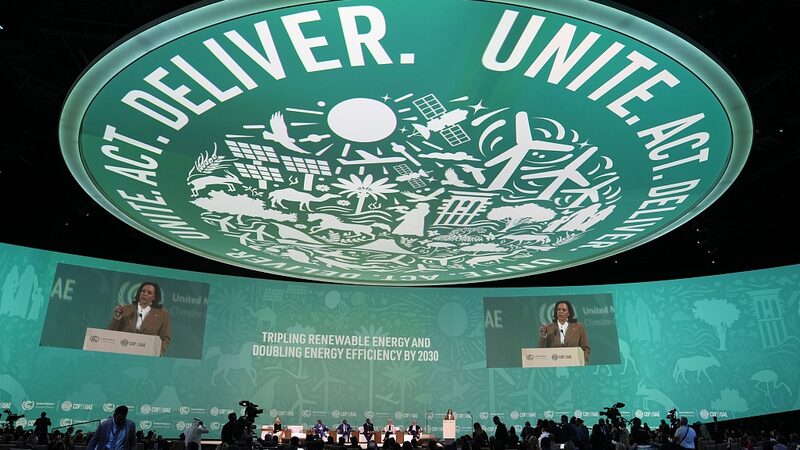The 13th Trilateral Economic and Trade Ministers' Meeting between China, Japan, and South Korea concluded in Seoul this week, signaling a renewed push for regional collaboration amid global economic uncertainty. With combined GDP exceeding $24 trillion, the three nations outlined plans to deepen trade integration, accelerate digital transformation, and lead green energy innovation – positioning Asia as a stabilizing force in turbulent times.
Analysts highlight the complementary strengths of these economic giants: China's manufacturing scale and digital finance advancements, Japan's precision technology leadership, and South Korea's semiconductor dominance collectively create a self-reinforcing ecosystem. The meeting produced concrete steps to simplify customs procedures, align digital trade standards, and establish joint research centers for renewable energy technologies.
This cooperation comes as global supply chains face pressure from protectionist policies elsewhere. By harmonizing regulations and reducing tariffs, the partners aim to create what one delegate called "an innovation corridor" stretching from Osaka to Seoul to Shenzhen. Early priorities include stabilizing rare earth mineral supplies critical for electronics and green tech, while combining Japan's robotics expertise with China's AI development capabilities.
The meeting also addressed sustainability challenges, with South Korea's Trade Minister noting: "Our cities share similar climate pressures. Joint R&D in battery storage and smart grids could benefit 1.6 billion urban residents across our three countries." Environmental groups welcomed commitments to establish shared carbon accounting standards for cross-border manufacturing.
While geopolitical tensions persist, the resumption of annual ministerial talks after a four-year hiatus suggests pragmatic economic imperatives are driving collaboration. As global markets watch closely, this trilateral partnership could redefine 21st-century trade frameworks – with an Asian signature.
Reference(s):
The strategic importance of China-Japan-South Korea collaboration
cgtn.com








